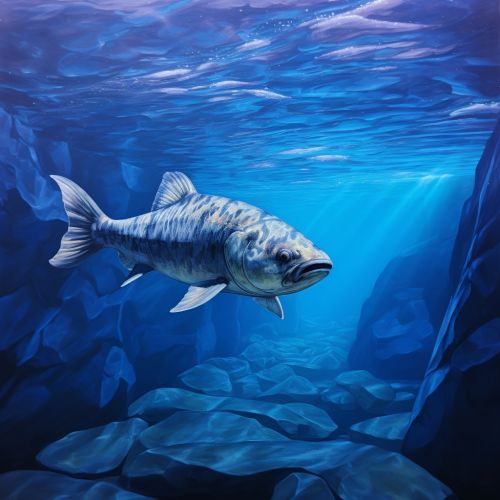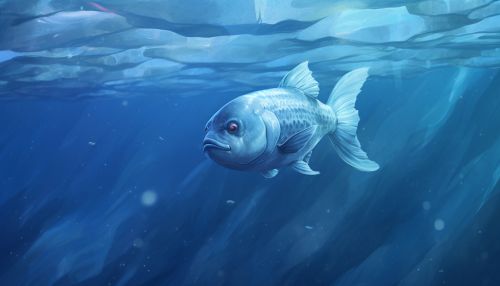Mechanisms of Antifreeze Protein Evolution in Polar Fish
Introduction
Antifreeze proteins (AFPs) are a class of polypeptides produced by certain vertebrates, plants, fungi, and bacteria that permit their survival in subzero environments. This article will focus on the evolution of antifreeze proteins in polar fish, a fascinating example of how life adapts to extreme conditions.


Evolutionary Origin of Antifreeze Proteins in Polar Fish
The evolutionary origin of antifreeze proteins in polar fish is a subject of ongoing research. Current theories propose that these proteins evolved from existing proteins through a process known as neofunctionalization, following gene duplication events. This process involves the duplication of a gene, which allows one copy to maintain its original function while the other can accumulate mutations and potentially develop a new function.
Structure and Function of Antifreeze Proteins
Antifreeze proteins are characterized by their ability to bind to small ice crystals, inhibiting their growth and preventing the fish from freezing. These proteins have a unique structure that allows them to bind to the surface of ice crystals and inhibit the process of recrystallization, a key factor in cell damage and death in freezing environments.
Types of Antifreeze Proteins in Polar Fish
There are several types of antifreeze proteins found in polar fish, each with a unique structure and function. These include Type I, Type II, Type III, and antifreeze glycoproteins (AFGPs). Each type of AFP has a unique structure and function, and their presence and proportions can vary between species.
Evolutionary Advantage of Antifreeze Proteins
The presence of antifreeze proteins provides a significant evolutionary advantage for polar fish, allowing them to survive in environments that would otherwise be lethal. By inhibiting ice crystal growth, these proteins prevent damage to cellular structures, thereby increasing the survival rate of the fish in freezing conditions.
Future Research Directions
The study of antifreeze proteins in polar fish continues to be a rich field for research, with potential applications in areas such as cryopreservation and organ transplantation. Future research will likely focus on further understanding the structure and function of these proteins, as well as their evolutionary history.
